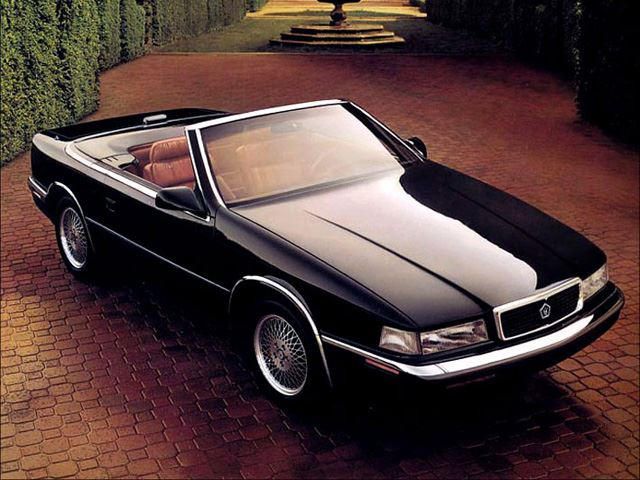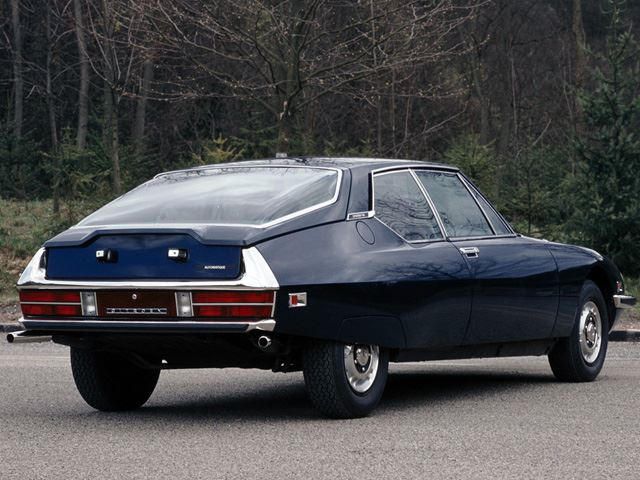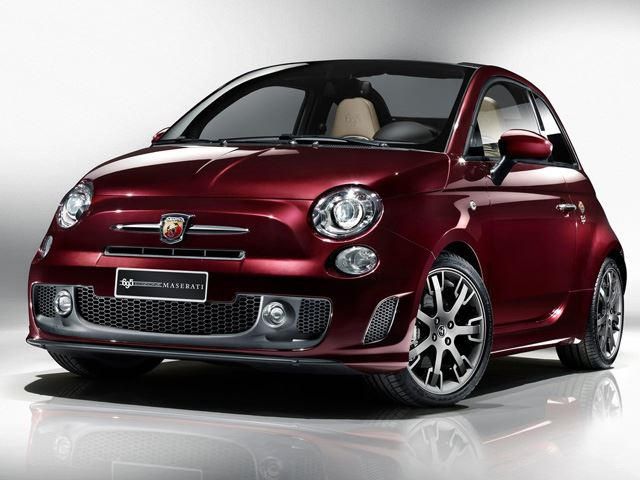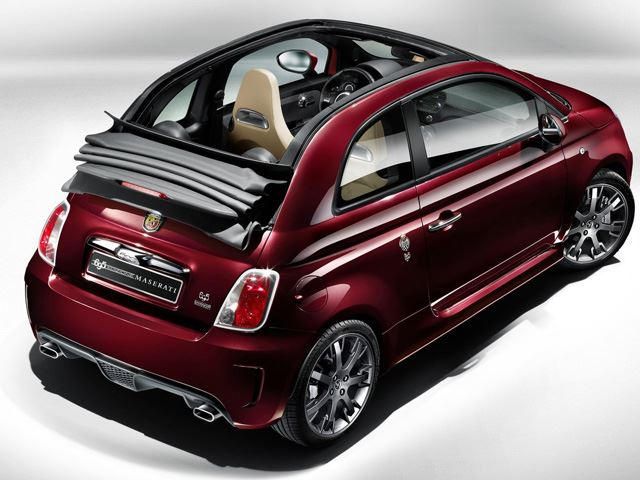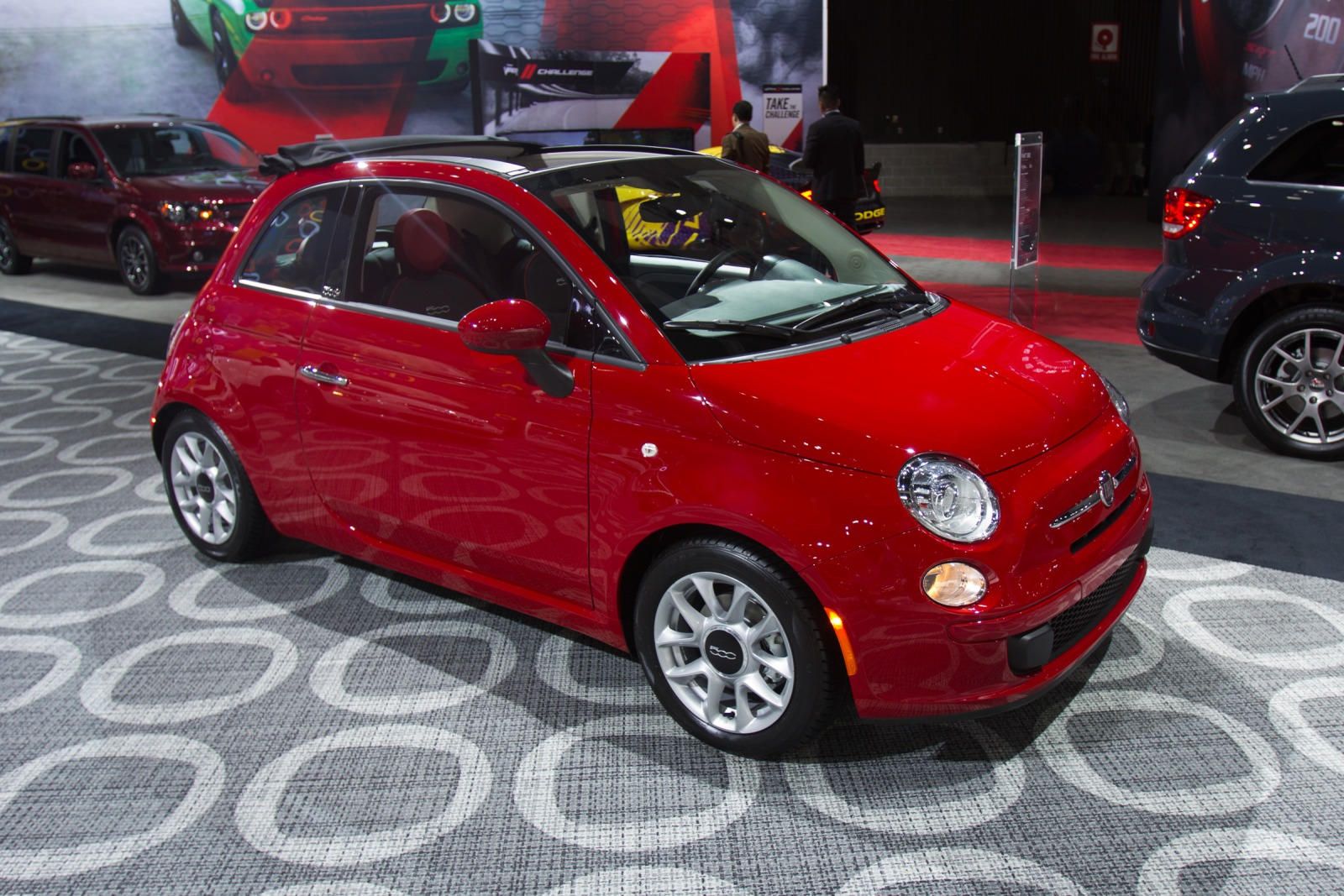
The Trident emblem has a lot of clout to it. So much, in fact, that automakers have been drawn to it like so many moths to flame. Maserati has been bought and sold many times over, and several of its parent companies have used the name on cars that weren't Maseratis at all, proving that the Italians are not immune to the ravages of badge engineering That's how we end up with a variety of cars have worn the Trident badge in some capacity or another, but which were based on cars that Maserati did not actually design or build itself.
Arguably the most egregious of these pseudo-Maseratis was the Chrysler TC. A contemporary of the Pininfarina-designed Cadillac Allante, the Chrysler TC by Maserati was the unfortunate stepchild of Chrysler chief Lee Iacocca and Alejandro de Tomaso, who owned Maserati at the time. While built in Milan, it was based on the same platform that underpinned such rolling punch-lines as the LeBaron and Plymouth Reliant. Power came from a rather un-Maserati-like 2.2-liter turbo four and later a Mitsubishi-sourced V6. Only 7,300 examples were made in 1989 and 1990 before the car was consigned to the dustbin of history the following year.
The Citroen SM may have been a more stylish affair, but wore the Maserati emblem with little more justification. Based on the DS, the SM was said to have stood for Sports Maserati or Series Maserati, and emerged from Citroen's purchase of the Italian marque in 1968. The SM encompassed Citroen's sophisticated suspension and steering systems and a Maserati V6, but reconfigured to drive the front wheels. The car was a technological marvel and won numerous awards, but its lifespan was cut short after five years when Peugeot bought Citroen and sold off Maserati to de Tomaso.
Fast forward a few decades to when the Fiat group took control of Maserati. The new ownership has injected it with the cash and expertise to develop new products, but Fiat also whored out the Maserati badge when it had its Abarth division turn the Fiat 500 into the Tributo Maserati. The special edition followed the earlier Tributo Ferrari, and shared its 180-horsepower 1.4-liter turbo four, but the Maserati version used the sliding roof mechanism of the 500C. It also had Trident-spoked wheels, a Bordeaux color scheme and Poltrona Frau leather seats. Only 499 examples were made after it was unveiled last year in Geneva.
Ferrari opted not to race the Enzo, but instead developed a racing version for Maserati. The MC12 dominated the FIA GT1 championship, and resulted in a small run of 50 homologated versions. The road-going MC12 packed a 620-horsepower 6.0-liter V12 into a targa-topped body in Maserati colors. It ruled the Top Gear leaderboard for a time, could reach 62 mph from a standstill in less than four seconds and top out at over 200 mph. But awesome as it was (despite its awkward styling), the MC12 was essentially a Ferrari with a Maserati badge on the nose – which in this case turned out to be no bad thing at all. Now Maserati could get its own LaFerrari, too.
Our list closes with the most controversial of the many new products Maserati has in the pipeline. Along with several new coupes and sedans, the Trident brand's product plan includes (gasp!) a crossover. Previewed as the Kubang concept in 2011, it will reach production next year as the Levante. And like the TC, it owes its existence to Chrysler, which now finds itself under common Fiat ownership. The Levante will be built atop the same platform that underpins the Dodge Durango and Jeep Grand Cherokee, but whether it turns out to be closer to a Maserati or to a Dodge remains to be seen.

